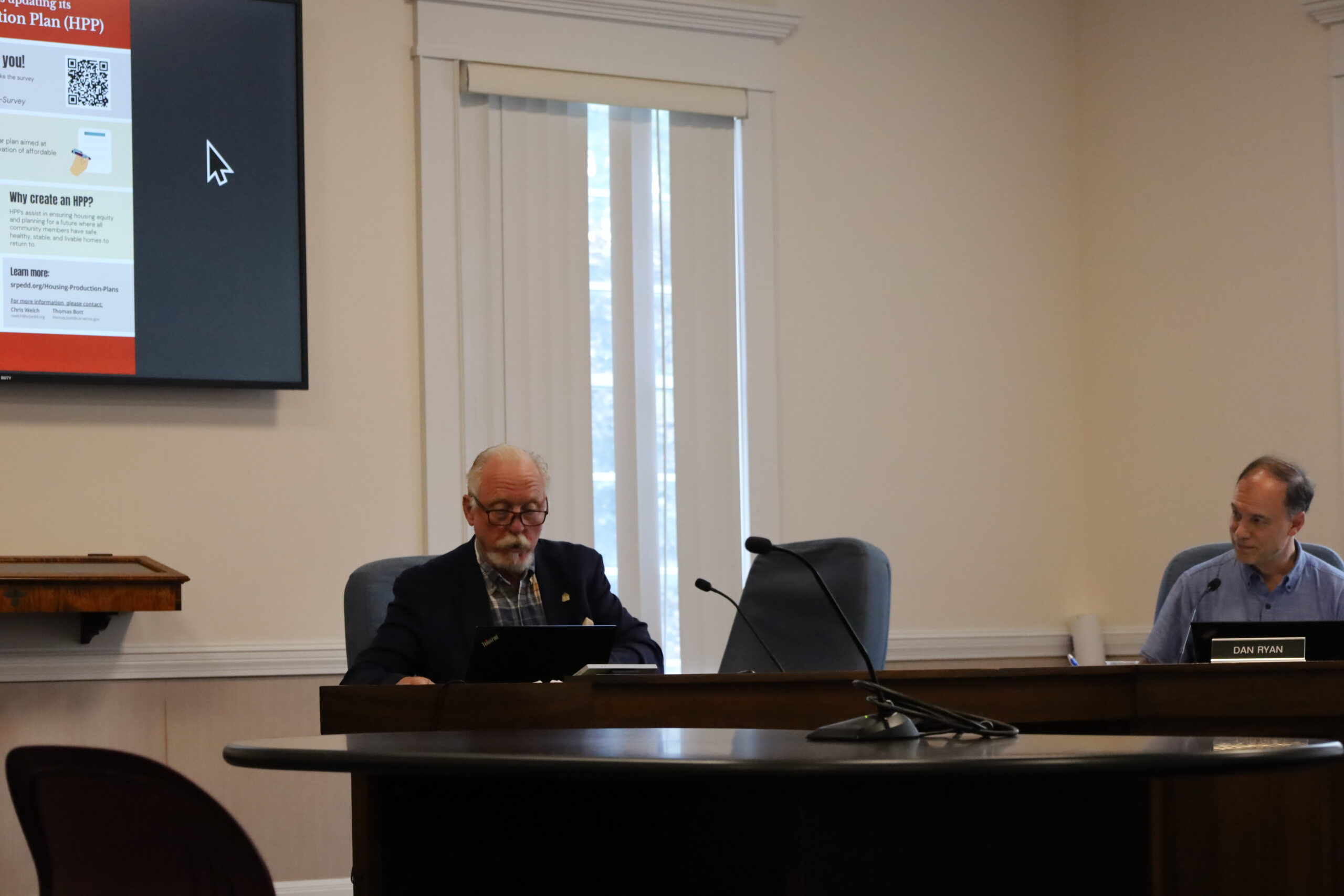Debate has sparked in towns across Massachusetts, including in Carver, as they mull over how to deal with a state law requiring towns to zone for multi-family housing.
In a Select Board Meeting on Tuesday, July 9, Town Planner Thomas Bott laid out what Carver’s compliance with the state’s MBTA Communities Act would look like.
The MBTA Communities Act requires 177 cities and towns adjacent to or containing either rapid transit or commuter rail stops to zone for multi-family housing at a minimum gross density of 15 units per acre.
Since Carver borders Middleboro and Kingston – both of which have commuter rail stops – Carver is classified as an “adjacent small town,” meaning it has to zone for 235 multi-family units, five percent of total housing units, before the end of 2025.
This means that Carver, according to Bott, would have to “get out of the way” of multi-family housing developments in town.
If Carver does not comply with the law, it could miss out on state funding for local infrastructure projects and risk legal action by the state.
Bott said that if Carver does not comply, it would likely have to spend money to deal with lawsuits and court actions.
Although noncompliance poses the risk of a legal action, it has not deterred some towns, like Milton, which is being sued by Massachusetts Attorney General Andrea Campbell for its noncompliance with the MBTA communities law.
Still, Carver is now putting together a plan to approach its compliance, which would have to be approved at Town Meeting next year.
Bott previewed what this might look like in Carver to the Select Board.
Multi-family housing can exist in many different shapes and sizes.
Qualifying developments range from duplexes to apartment buildings and must meet the 15 units per acre gross density requirement. And according to Bott, development in Carver might not look so unusual.
“[Multi-family housing] might look exactly like some of the buildings we already see in town,” Bott said. “A building like the Carver town hall, a building like the library”
Sites for potential development could be on Spring Street off of Route 44, the Green Business Park in North Carver and in the center of town, according to Bott.
But even though Carver is zoning for these developments, it does not mean that they are going to be built very soon, Bott said.
“The town is required to create zoning,” Bott said. “The town is not required to build infrastructure.”
The law does not require Carver to build anything. That would be left up to developers, which Bott said are unlikely to bring overwhelming development to town.
“Based on all the discussions that I’ve had about the market and about Carver’s development history,” Bott said. “I don’t necessarily see a lot of places where this is going to be used right away.”
Bott said that developers will likely look to other towns first.
“Chances are those developers are going to opt for other communities that are closer to transit,” he said.
During a recess period of the July 9 Select Board meeting, some residents expressed concern over the requirements, specifically about the state’s 15 units per acre requirement.
No resident spoke about the MBTA bylaw during the citizens participation section of the meeting, but concerns about the bylaw have been raised during the comment period of previous meetings, including about costs and its impact on the image of the town.
At the end of the meeting, Select Board member Mark Townsend said that the board should work with other town departments to figure out impacts and costs of the MBTA bylaw, including possible impacts on emergency services, who would have to deal with a possible influx of residents.
“With some of this MBTA zoning, depending what happens there, that could really alter a lot of the things in town,” Townsend said.
Contact editor Nick Mossman at nick@carverjournal.com

